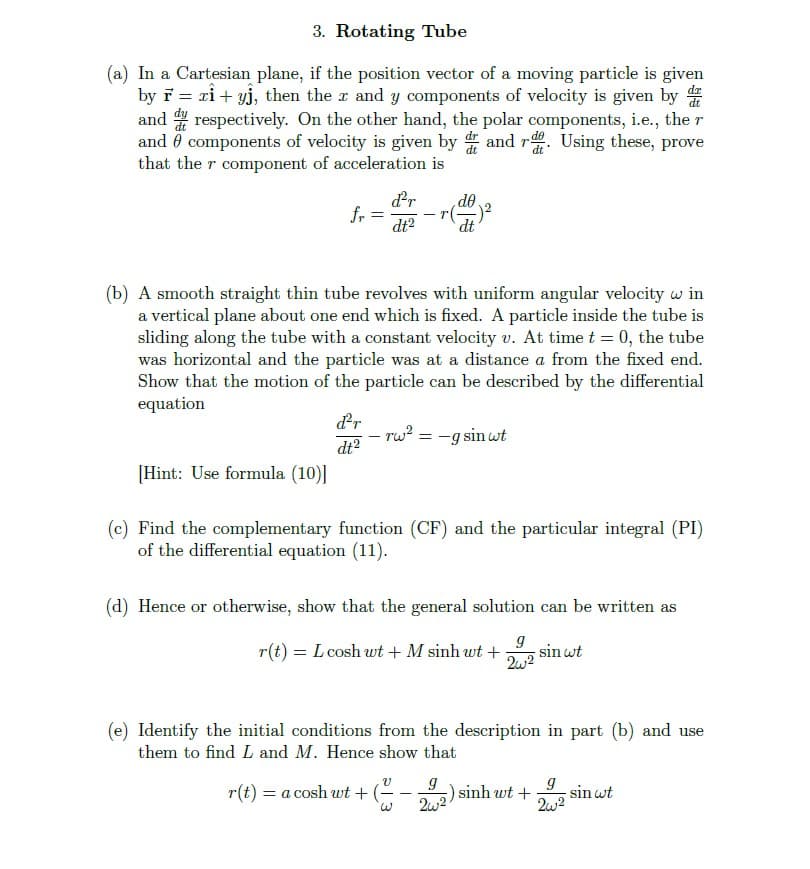(a) In a Cartesian plane, if the position vector of a moving particle is given by F = ri+ yj, then the r and y components of velocity is given by and respectively. On the other hand, the polar components, i.e., the r and 0 components of velocity is given by and r. Using these, prove that the r component of acceleration is dr fr dt2 OP dt
Unitary Method
The word “unitary” comes from the word “unit”, which means a single and complete entity. In this method, we find the value of a unit product from the given number of products, and then we solve for the other number of products.
Speed, Time, and Distance
Imagine you and 3 of your friends are planning to go to the playground at 6 in the evening. Your house is one mile away from the playground and one of your friends named Jim must start at 5 pm to reach the playground by walk. The other two friends are 3 miles away.
Profit and Loss
The amount earned or lost on the sale of one or more items is referred to as the profit or loss on that item.
Units and Measurements
Measurements and comparisons are the foundation of science and engineering. We, therefore, need rules that tell us how things are measured and compared. For these measurements and comparisons, we perform certain experiments, and we will need the experiments to set up the devices.
Please help me solving my calculus assignment. Please explain in details. Will be grately appreciated.

Step by step
Solved in 4 steps


